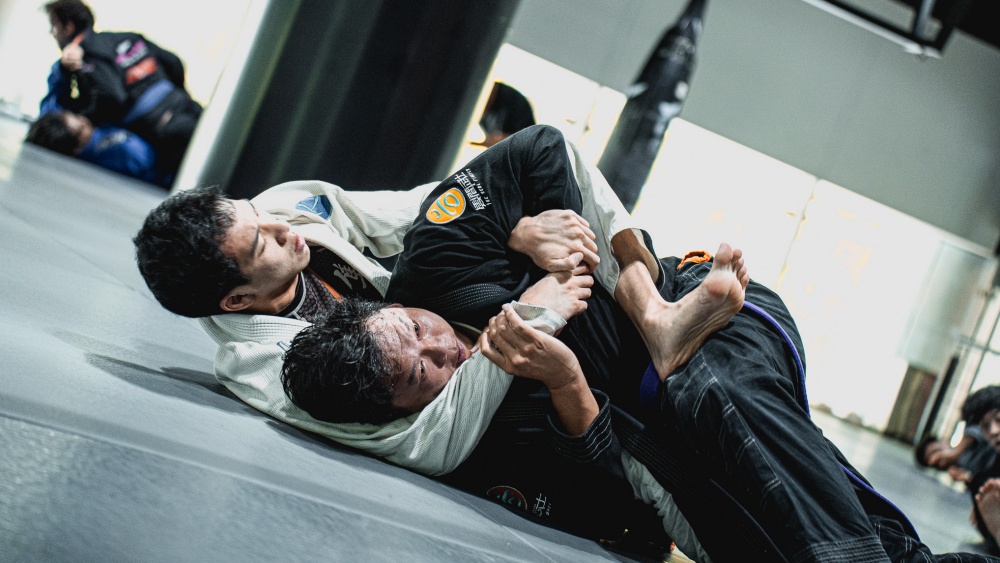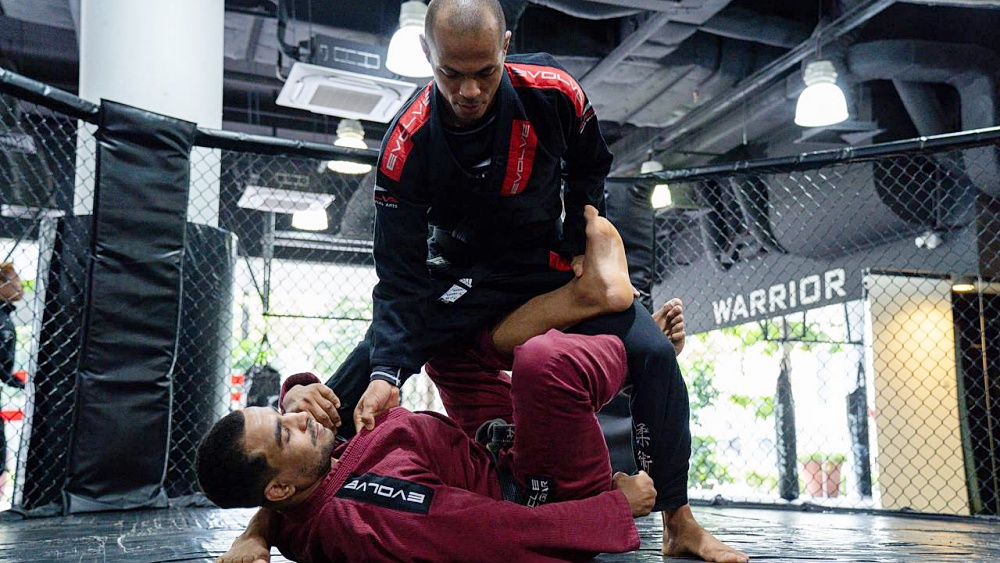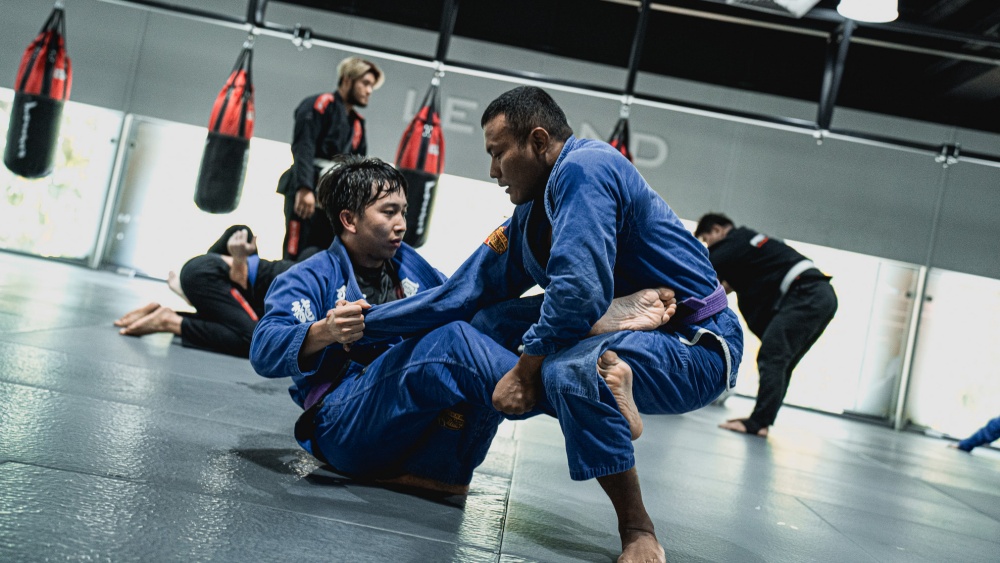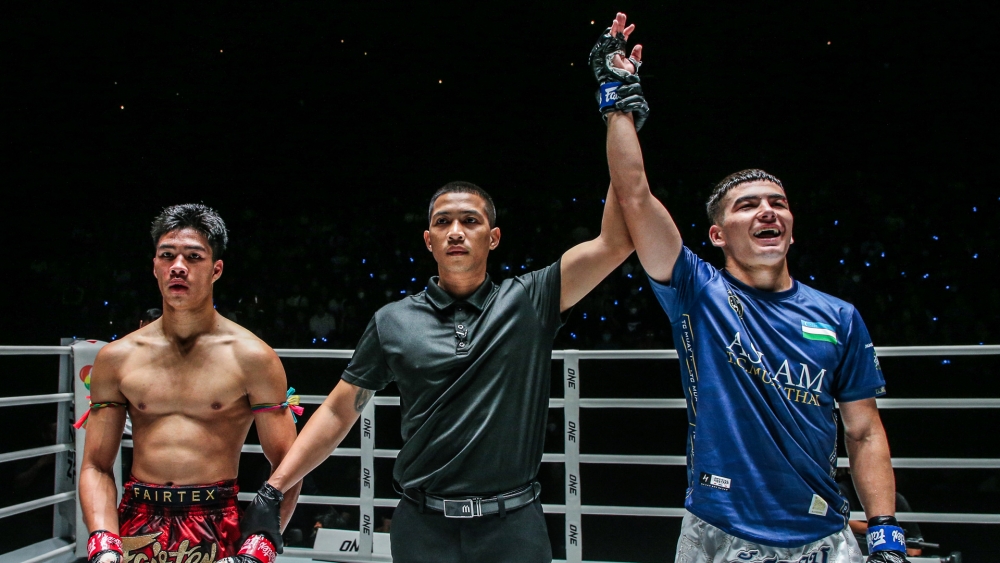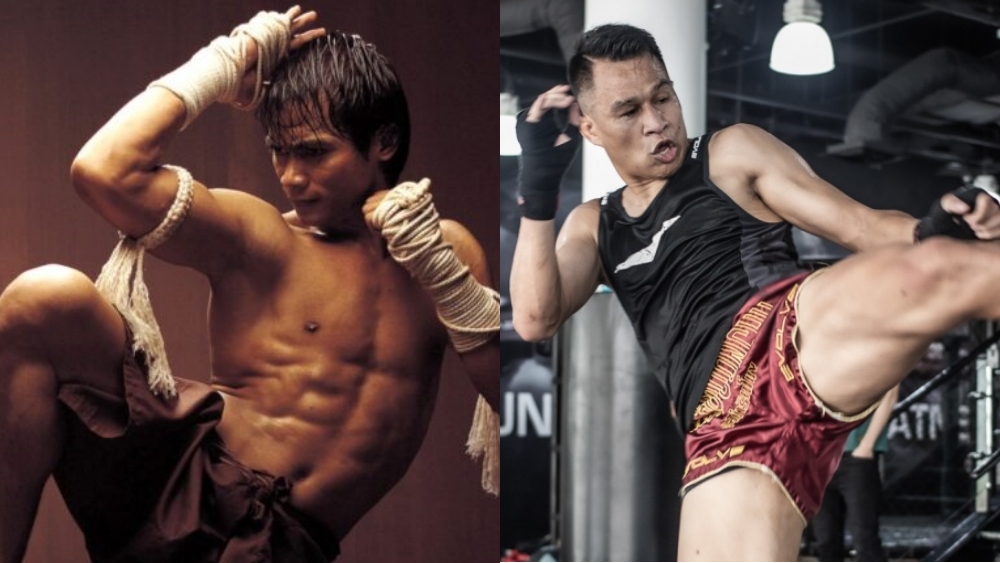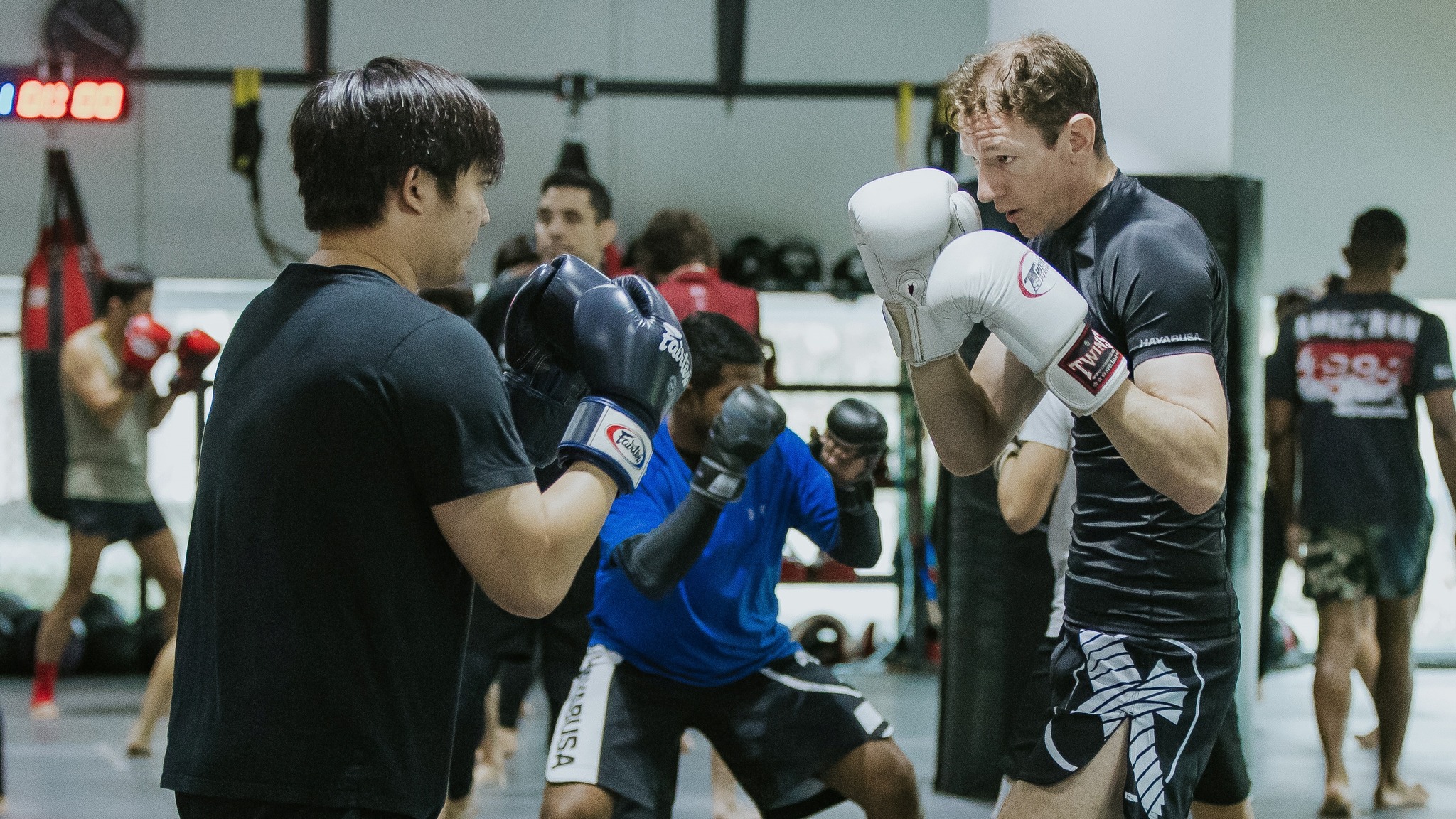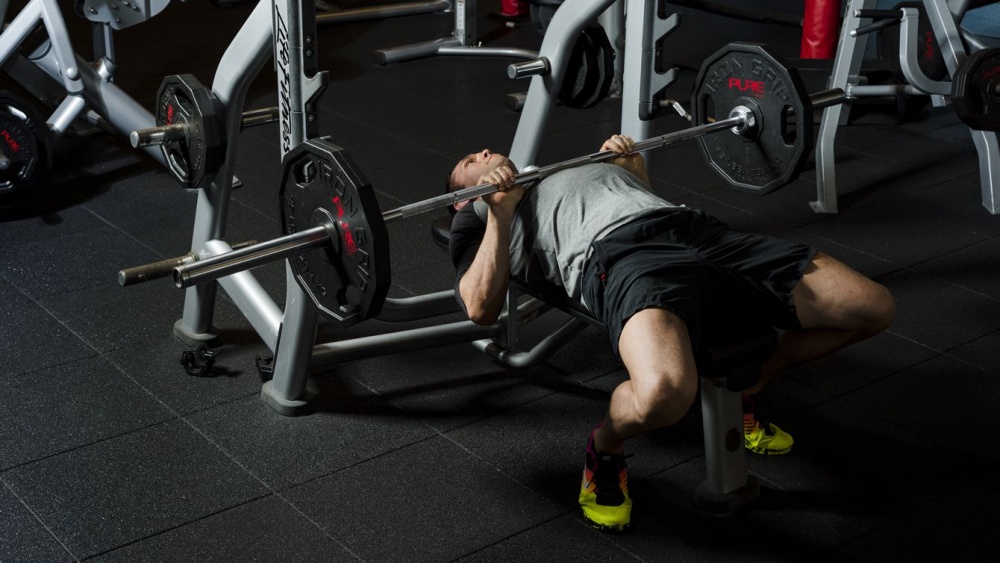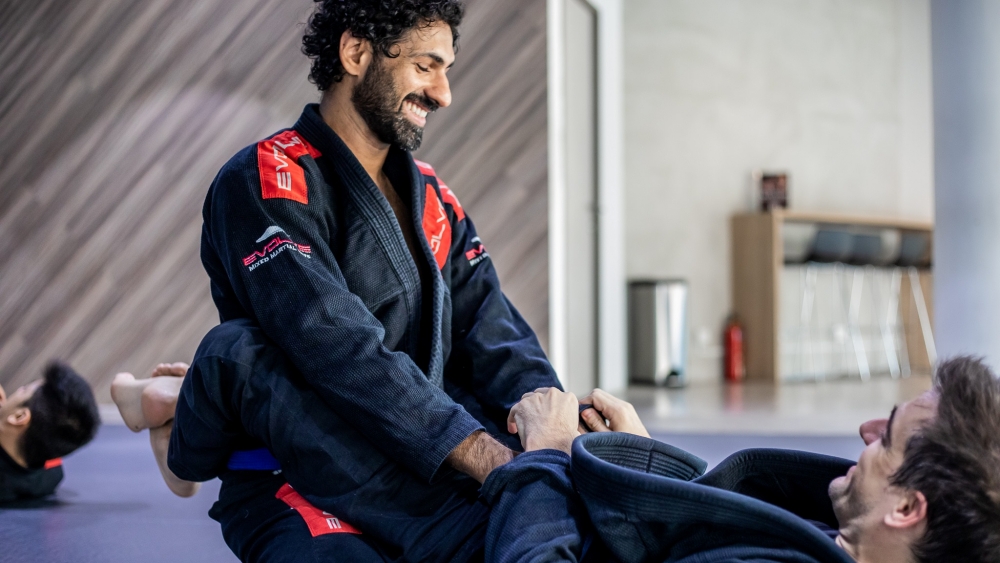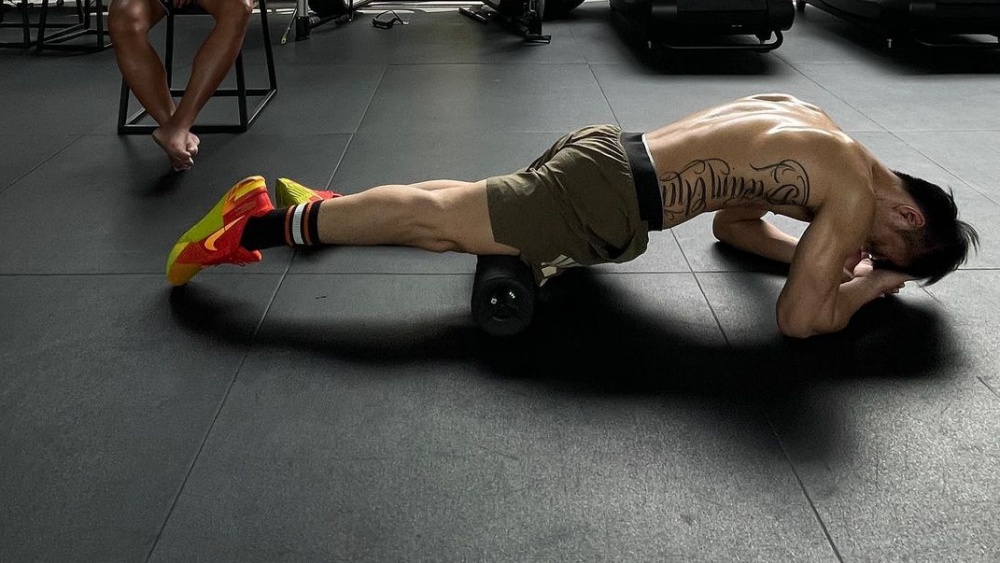Brazilian Jiu-Jitsu is a dynamic and complex martial art that involves various techniques, positions, and rules. Over the years, many techniques have been reviewed for their effectiveness and safety in the context of competition. One such rule that often generates discussion and debate is the concept of “knee reaping.” Knee reaping is a term used in BJJ to describe a specific leg positioning that can potentially cause harm to your rolling partner if not applied properly. Today, we will discuss the definition and implications of the knee-reaping rule in Brazilian Jiu-Jitsu.
Knee Reaping Defined
Based on the IBJJF’s ruling, “Knee reaping is characterized by when one of the athletes places his thigh behind the leg of his opponent and passes his calf on top of the opponent’s body above the knee, placing his foot beyond the vertical midline of the opponent’s body and applying pressure on his opponent’s knee from the outside, while keeping the foot of the leg at risk stuck between his hip and armpit.”
This is a very particular yet unique rule that can result in disqualification on most competition rulesets, including the IBJJF (white to purple) and UAEJJF competitions. As of January 1st, 2021, the IBJJF updated their rules, mentioning that heel hooks and knee reaping for black and brown belt adult No-Gi Divisions are now considered fair game and open to these ranks.
We know that the definition of knee reaping may be hard to understand, especially when you are just starting out. Here is a video explaining the definition of knee reaping in the context of judging. Notice that there are many key situations where knee-reaping may happen in the heat of battle.
Implications Of Knee Reaping
Knee reaping may be a concern in BJJ due to the potential to cause harm to the knee joint, particularly the anterior cruciate ligament (ACL). The ACL is a crucial ligament that stabilizes the knee, and any forceful twisting or inward pressure on the knee can lead to tears or sprains.
In many Jiu-Jitsu tournaments and schools worldwide, knee reaping is prohibited, and engaging in this position can result in penalties or disqualification. The concern is not only about the risk but also about maintaining a safe and sportsmanlike environment for practitioners. This is especially important for those not experienced in leg locks, as a slight miscalculation or turn will lead to consequences. While leg locks have become more accepted in the past couple of years, not all practitioners are adept with the proper defensive tactics to escape common leg entanglements. As such, there are still competitions that allow reaping, but it is up to the practitioners if they want to enter these competitions or not.
The Knee Reaping Rule In Competition
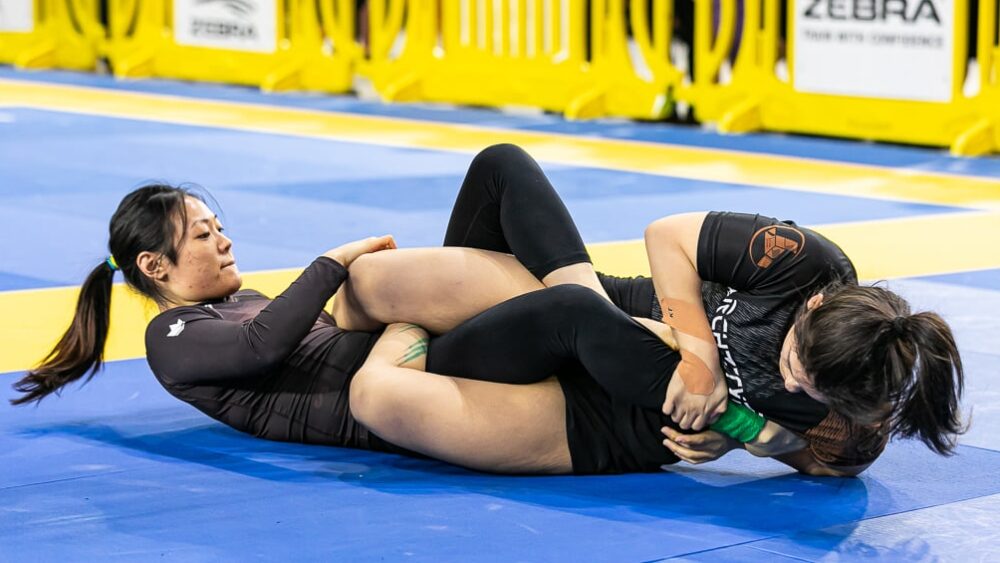
In BJJ, there are specific rules and instructions for certain techniques, particularly leg entanglements.
While it has merits, the knee-reaping rule in competitions can sometimes create confusion among competitors and referees alike. There have been many cases of disqualification due to competitors accidentally reaping the opponent in competition. Common situations where this happens include guard passing, leg lock entries, and sweeps. It is best to be mindful of these situations if you are about to enter as a competitor.
Introducing Knee Reaping In Training
In this video, black belt and coach Brandon Mccaghren shares his tips on staying safe when training the knee reap. He suggests that refraining from resisting the reap is advisable, as doing so may pose a risk to the knee joint. He mentions that fighting the reap from the standing position is a typical (and dangerous) way to play against the position. Basing out as you flare your legs against a reaping opponent is usually a recipe for disaster and will likely cause harm. A similar situation exists when playing the leg lock game. Straightening your leg to defend against the reap may work but can lead to a break in most cases. This is why Brandon recommends not fighting the reap, generally speaking.
If you are the one initiating the offense, please do not force the opponent to turn their legs using brute strength. Instead, curl yourself up into a ball and use your knees to bend their legs to enter the reaping position. This will not only make it easier for you to enter the reap, but it is also a safe way to make your opponent bend their leg, thus minimizing the potential for causing any harm. Once you enter the reaping position, you can work on your straight ankle lock or heel hook finishes to force the tap.
Training Knee Reaping With Safety In Mind
Before we discuss this, it is always a smart idea to talk to your instructor to see if reaping is allowed in the training room. We want to ensure that rules in training are followed at all times. If your instructor is OK with knee reaping, never force things and start slow. You want to master the steps on how to reap without using unnecessary force and strain. Talk to your training partners every step of the way and ask them for honest feedback throughout the drilling session. Start by focusing on the entries and drill as much as possible on both sides. Of course, study your basic leg lock positions, including hierarchy and transitions, so that you can safely move in and out of different leg entanglements. Finally, be selective of your training partners if you want to train the knee reap. Do not practice it on absolute beginners or with training partners with a history of leg injuries.
Conclusion
Knee reaping is a strong position that can lead to fast submissions. It is such a powerful position that a slight mistake can cause unintended harm, unfortunately. With this, we recommend that you study what knee reaping is and what makes it great for finishing opponents. Understanding the position can only make training a much safer space for everyone involved. Safety should be the top priority every time you train. Ensure you use proper technique and never force the situation in the training room. Stay safe, and thanks for reading!
You may also like:
